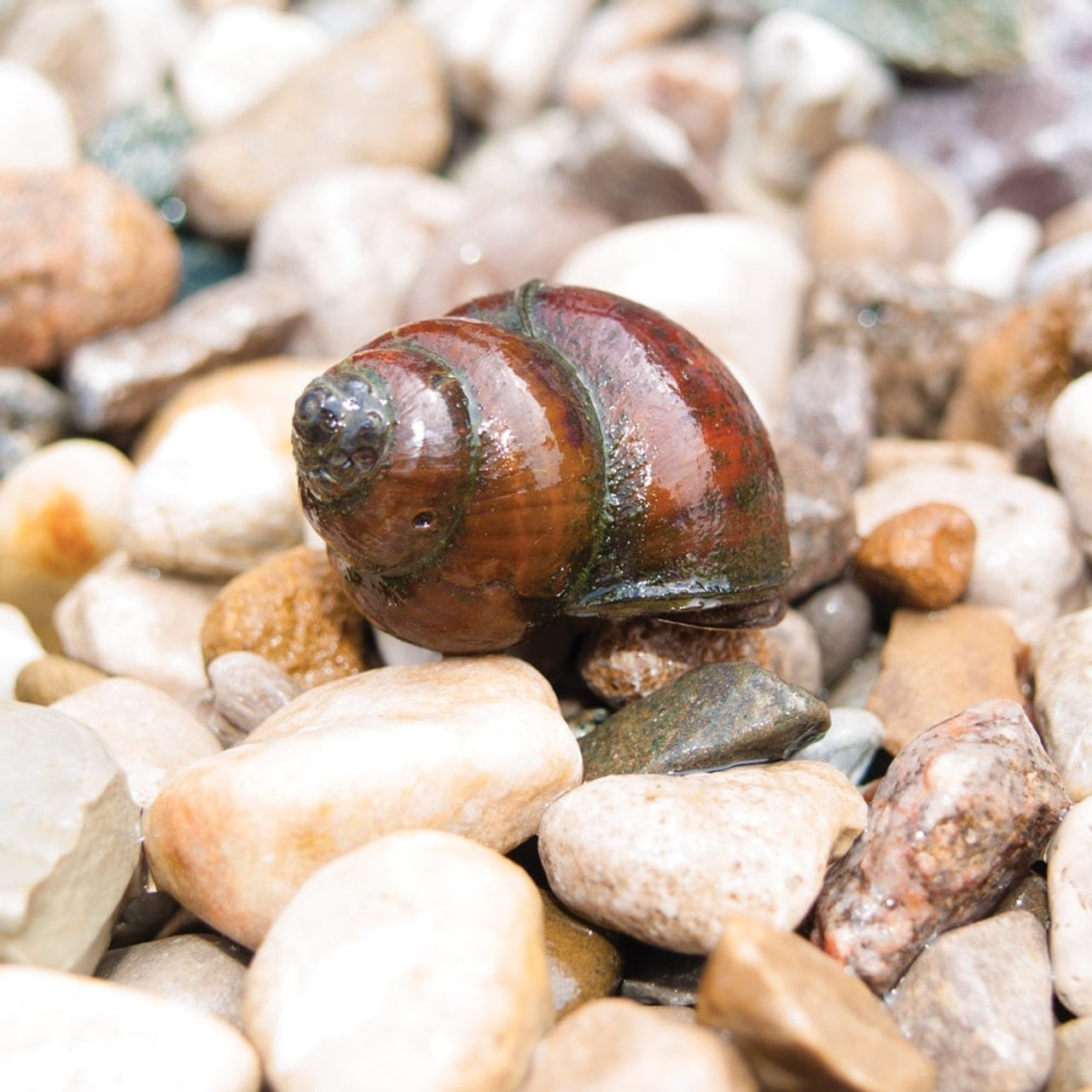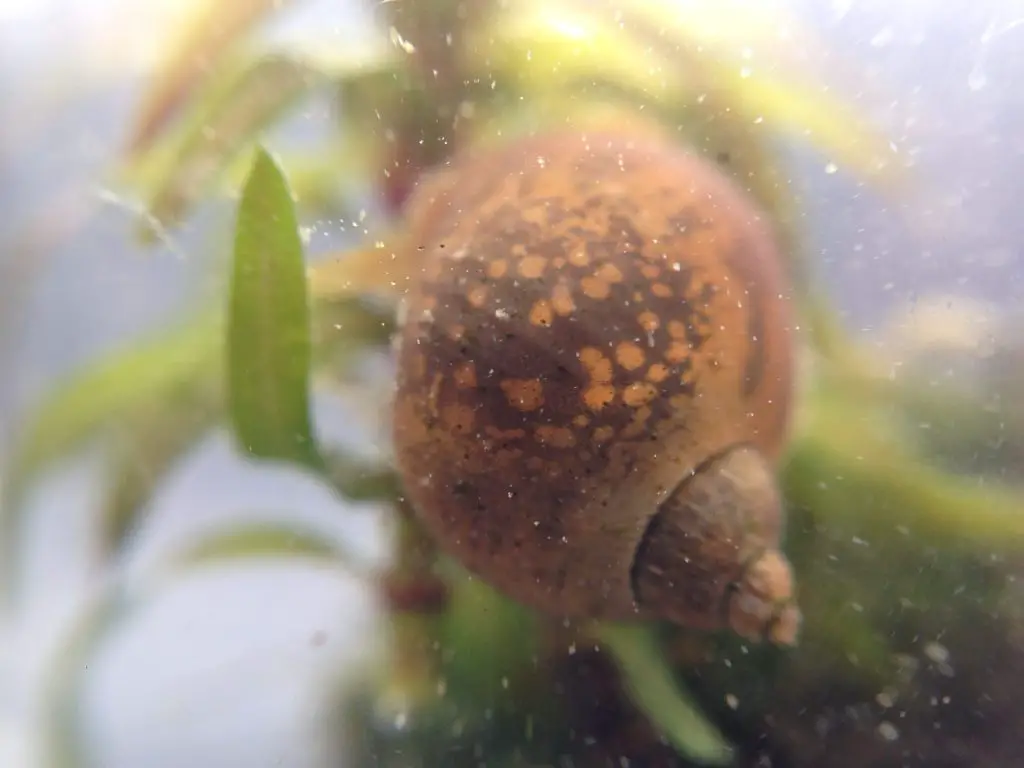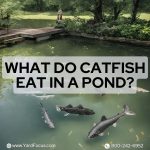Snails are fascinating creatures that play an important role in the ecosystem of a pond. They are known for their slow and steady movements, but have you ever wondered what snails eat in a pond? Let’s delve into the diet of these intriguing creatures and explore their culinary preferences.
What Do Pond Snails Eat?
Pond snails are primarily herbivores, meaning that their diet consists mainly of plant matter. They feed on algae, aquatic plants, and decaying organic material found in the pond. Algae serves as a staple food source for pond snails, and they play a crucial role in keeping algae levels in check within the pond ecosystem.
Algae
Algae is a primary food source for pond snails. These microscopic plants are abundant in ponds and provide essential nutrients for the snails. Algae can be found growing on rocks, submerged surfaces, and even on the shells of the snails themselves. It serves as a vital component of the snails’ diet, helping to sustain their population and contribute to the overall balance of the pond’s ecosystem.
Aquatic Plants
Pond snails also consume various types of aquatic plants that grow in the pond. They graze on the leaves and stems of these plants, helping to control their growth and maintain a healthy balance in the pond. While they may not completely eradicate the plants, their feeding behavior can influence the distribution and abundance of different plant species in the pond environment.
Decaying Organic Matter
In addition to algae and aquatic plants, pond snails feed on decaying organic matter present in the pond. This can include fallen leaves, dead plant material, and other organic debris. By consuming decaying matter, snails contribute to the decomposition process and nutrient cycling within the pond ecosystem, playing a vital role in the overall health of the habitat.

Credit: www.thepondguy.com
What Do Other Types of Snails Eat in a Pond?
While pond snails are primarily herbivorous, other types of snails found in ponds may have different dietary preferences. Some snails are omnivorous, meaning they consume both plant and animal matter. These snails may feed on algae, aquatic plants, and also scavenge on small insects, decaying animals, or other organic debris present in the pond.
Role Of Snails In The Pond Ecosystem
Snails, with their diverse feeding habits, play a crucial role in maintaining the balance of a pond ecosystem. By consuming algae and aquatic plants, they help regulate the growth of these organisms, preventing overgrowth and maintaining water quality. Additionally, their consumption of decaying organic matter contributes to nutrient recycling and decomposition processes, which are essential for the overall health of the pond.

Credit: closerpets.co.uk
Conclusion
In conclusion, the diet of snails in a pond primarily consists of algae, aquatic plants, and decaying organic matter. These small creatures play a significant role in the pond ecosystem by contributing to nutrient cycling, controlling algae growth, and influencing the distribution of aquatic plants. Understanding the dietary preferences of pond snails sheds light on their ecological importance and the intricate balance of life within a pond environment.





